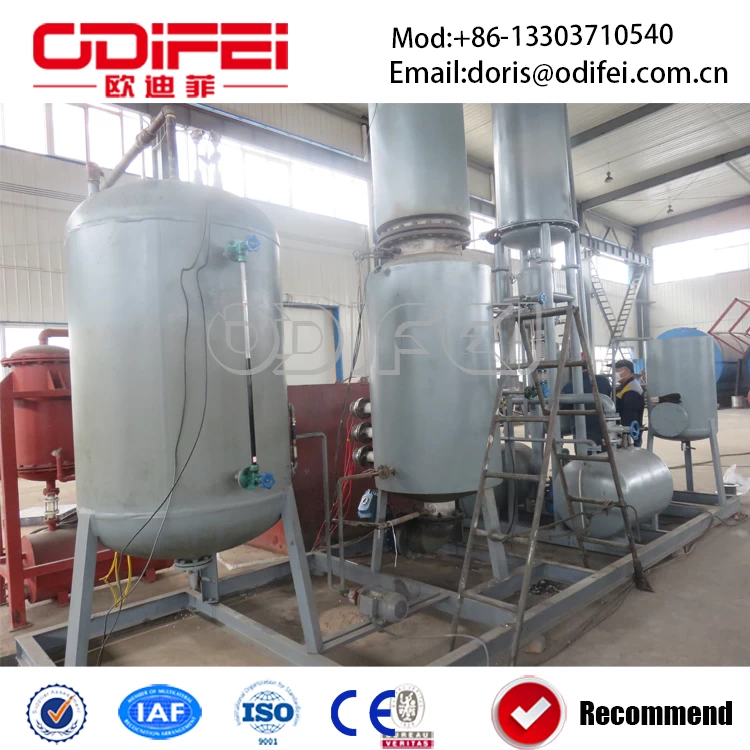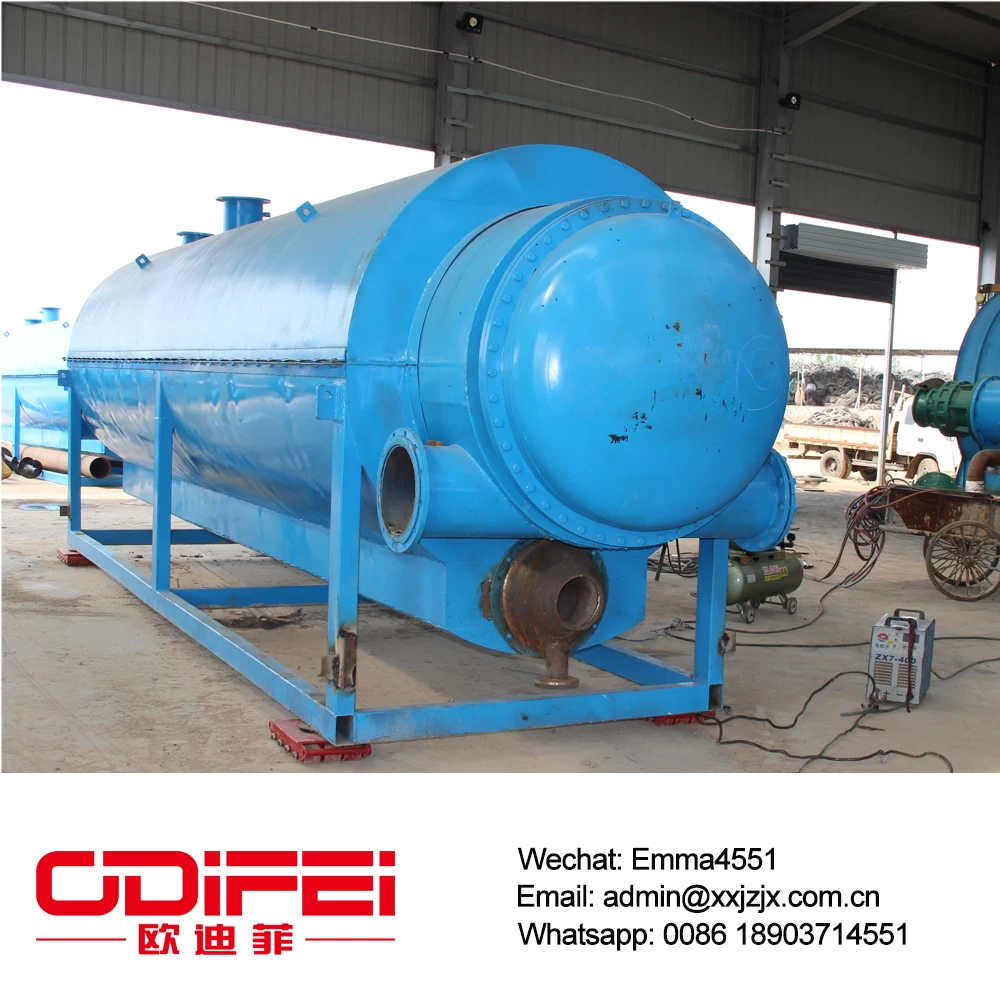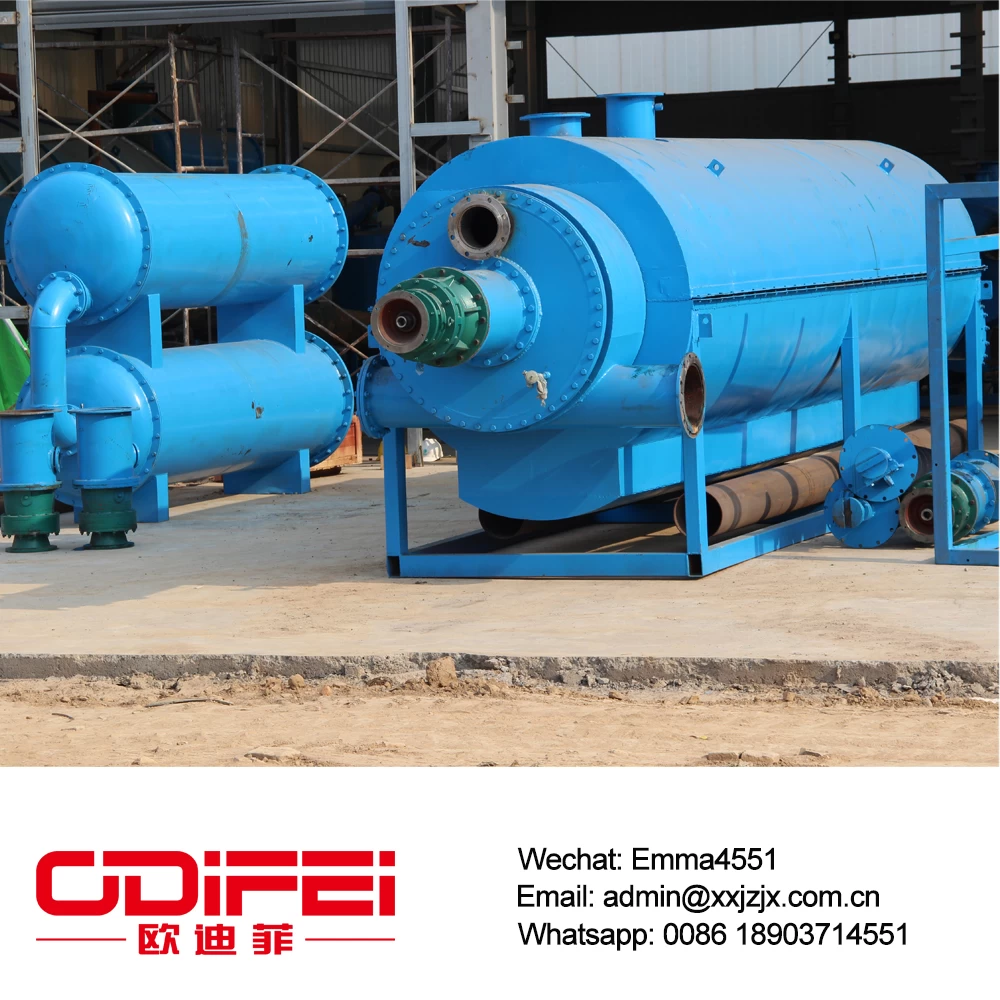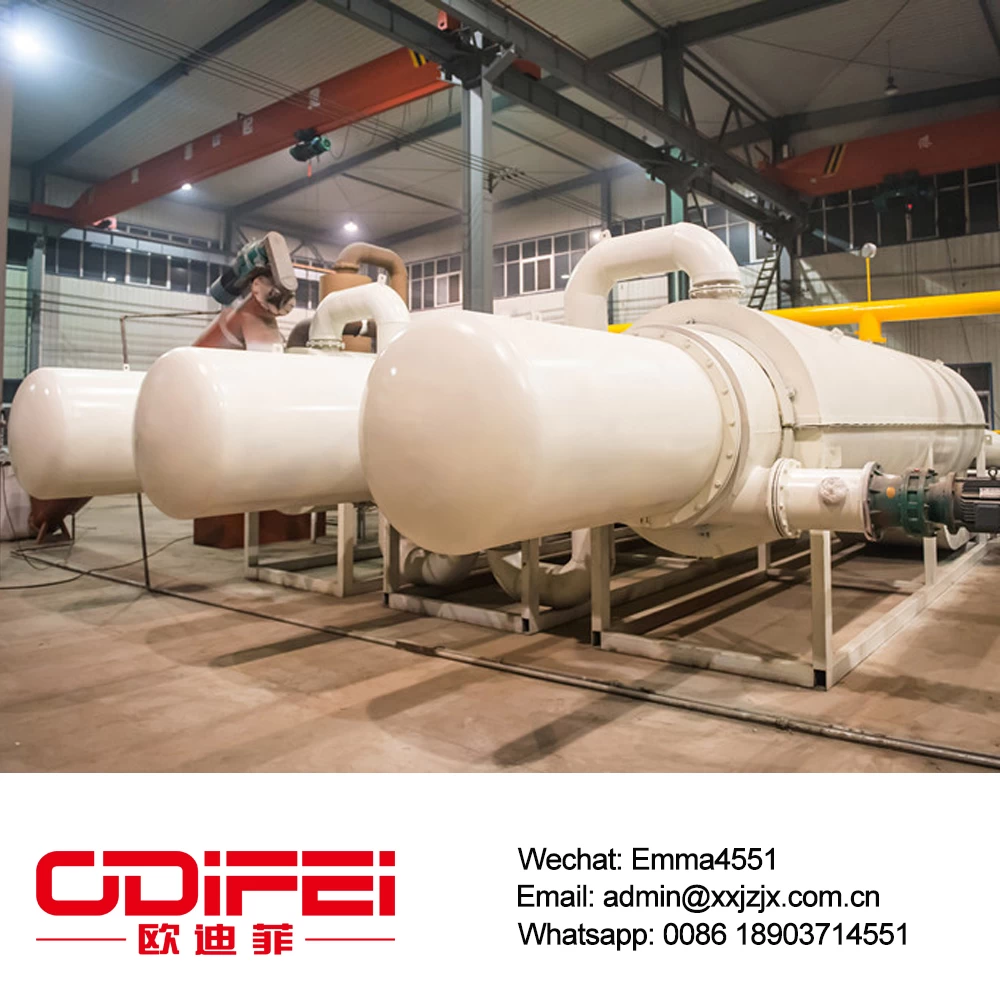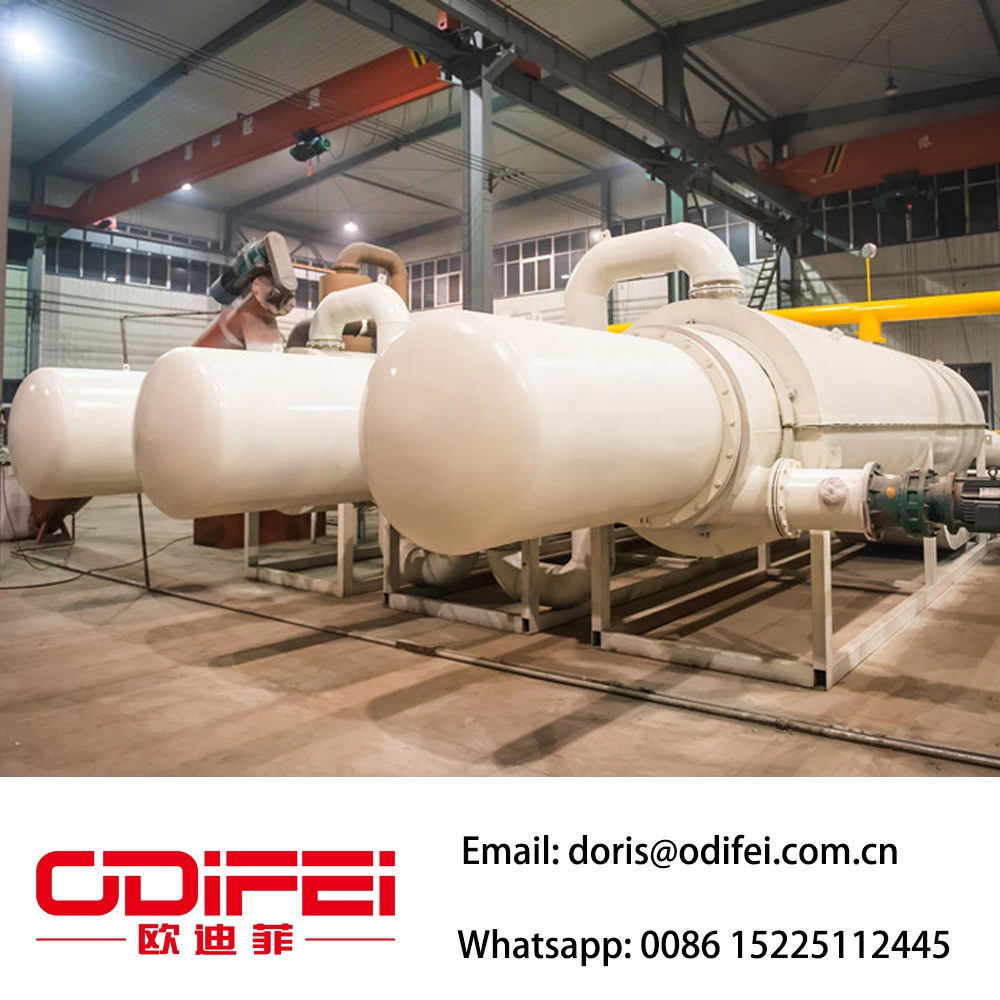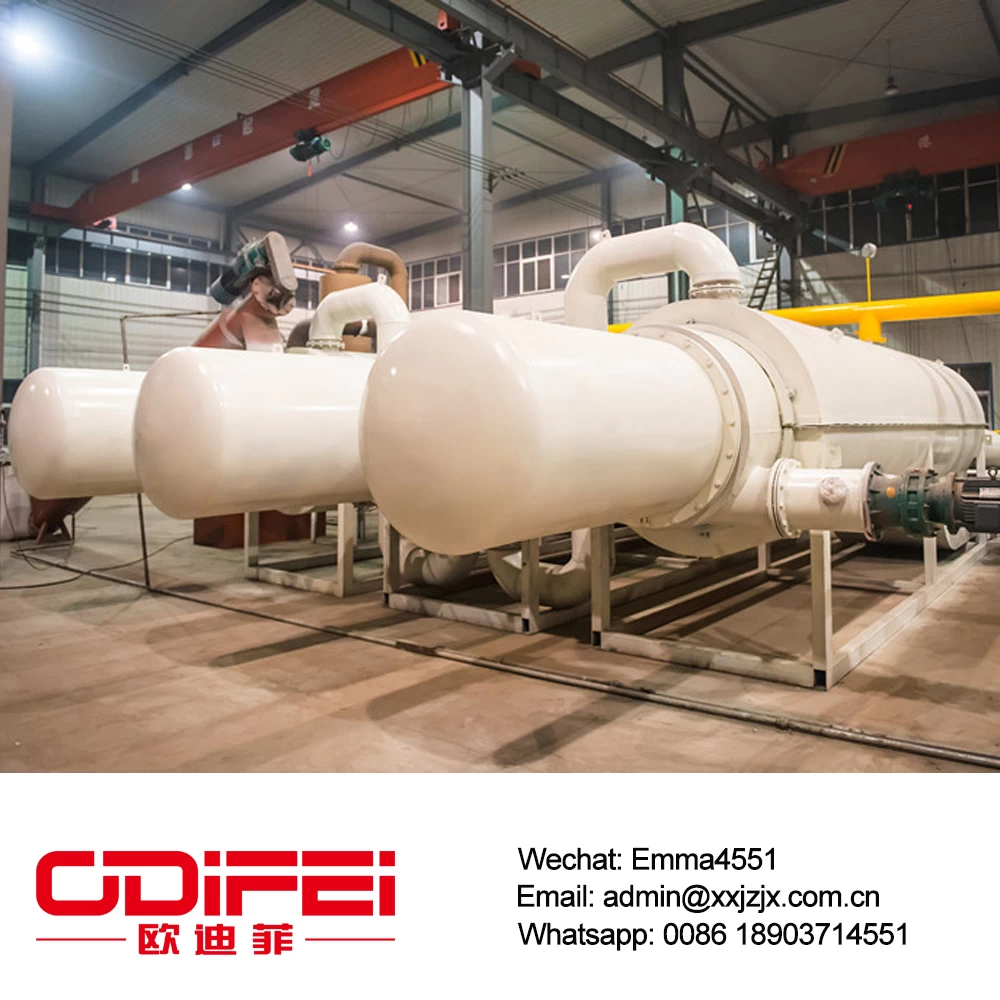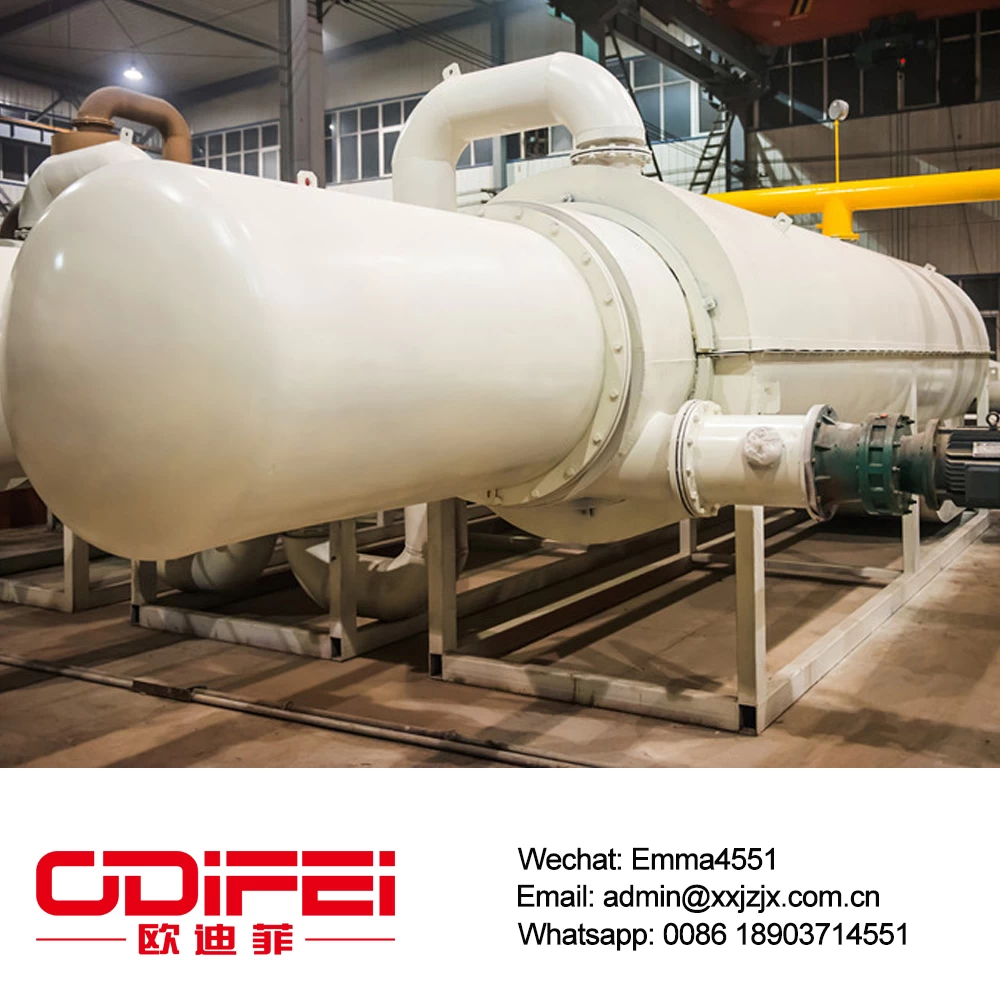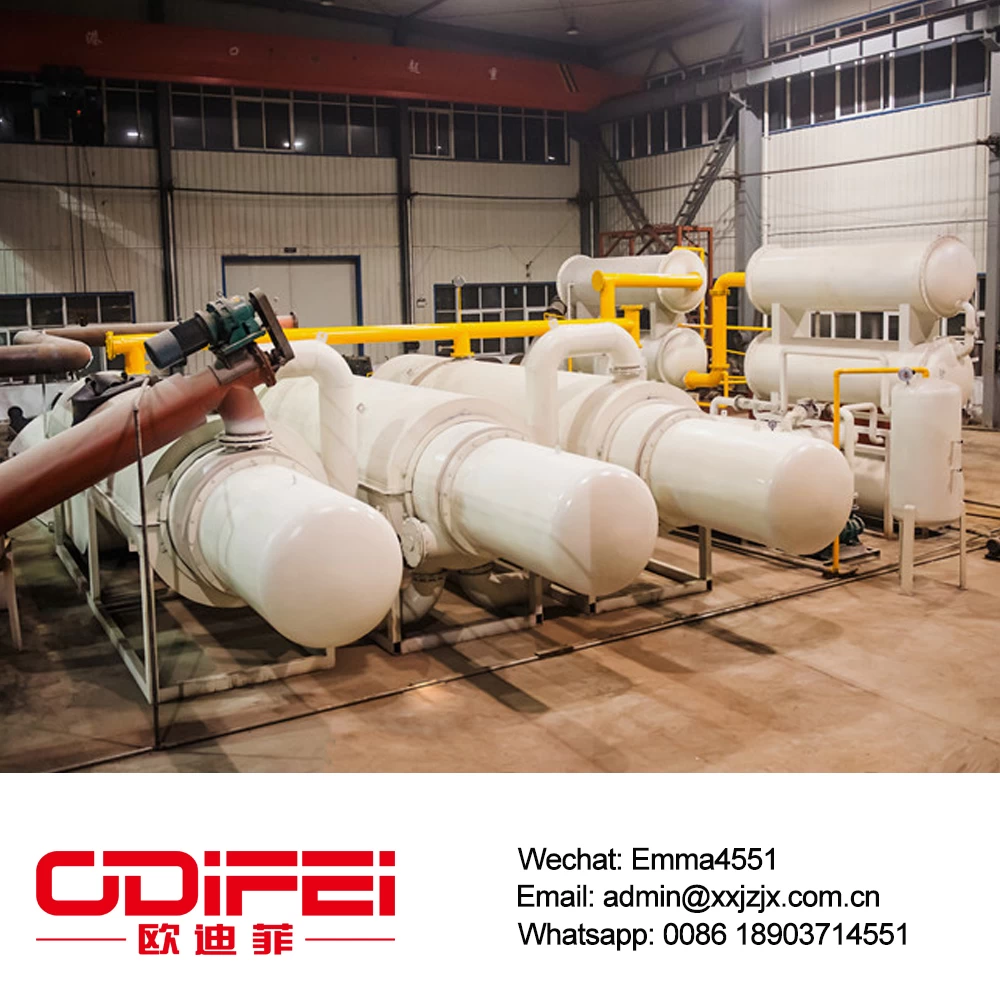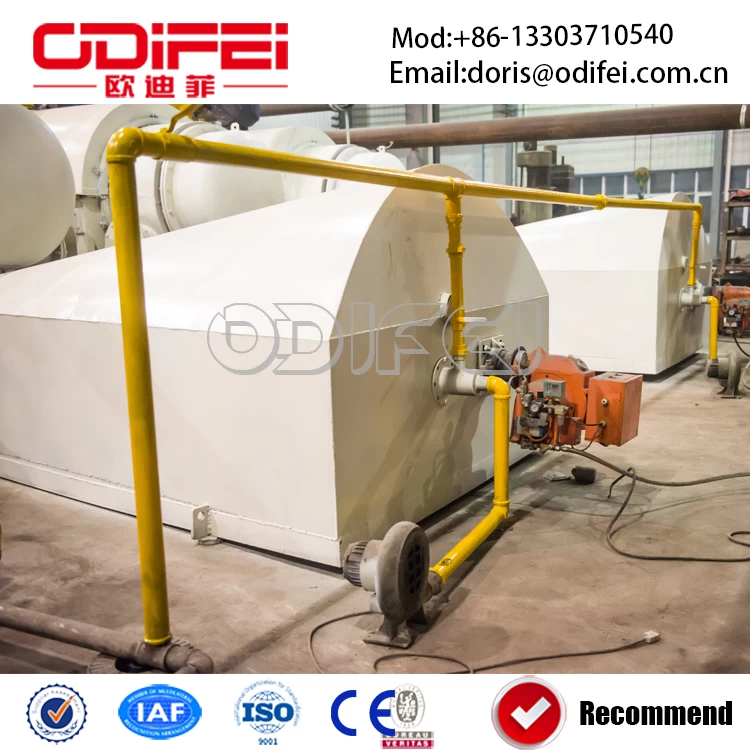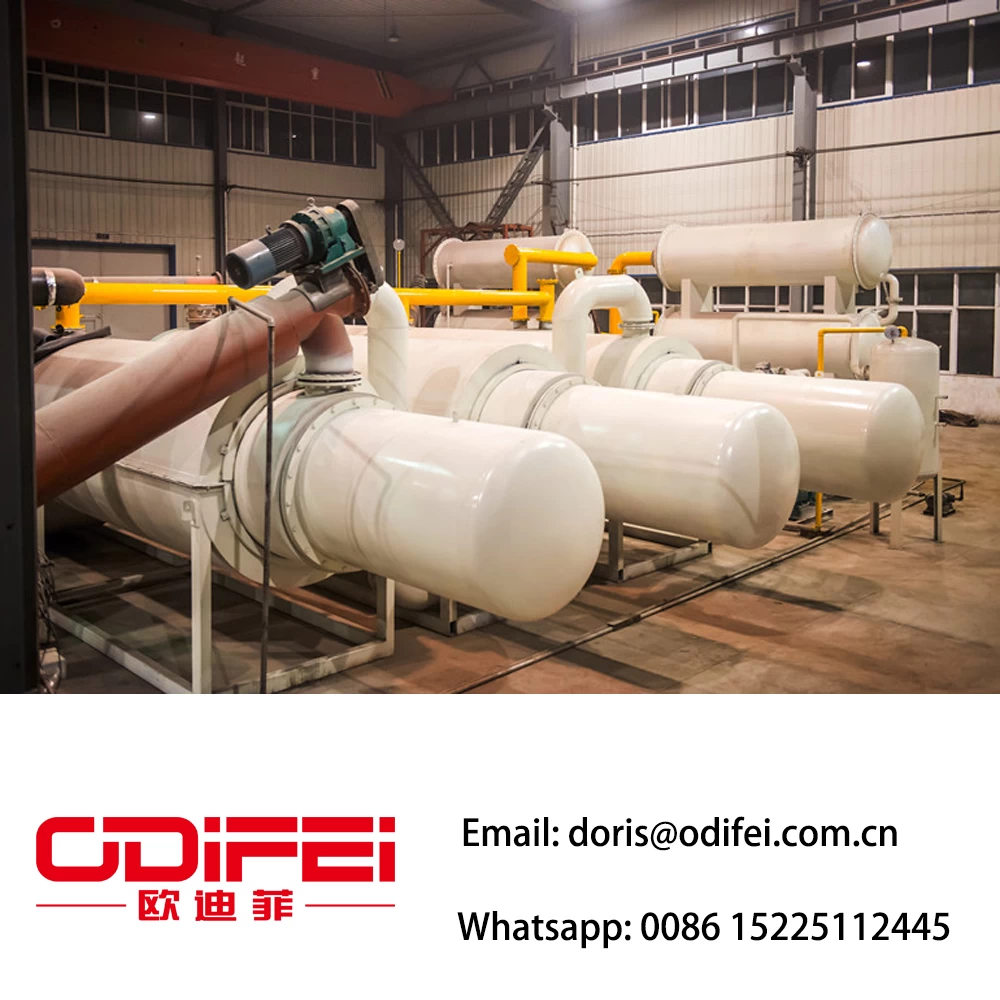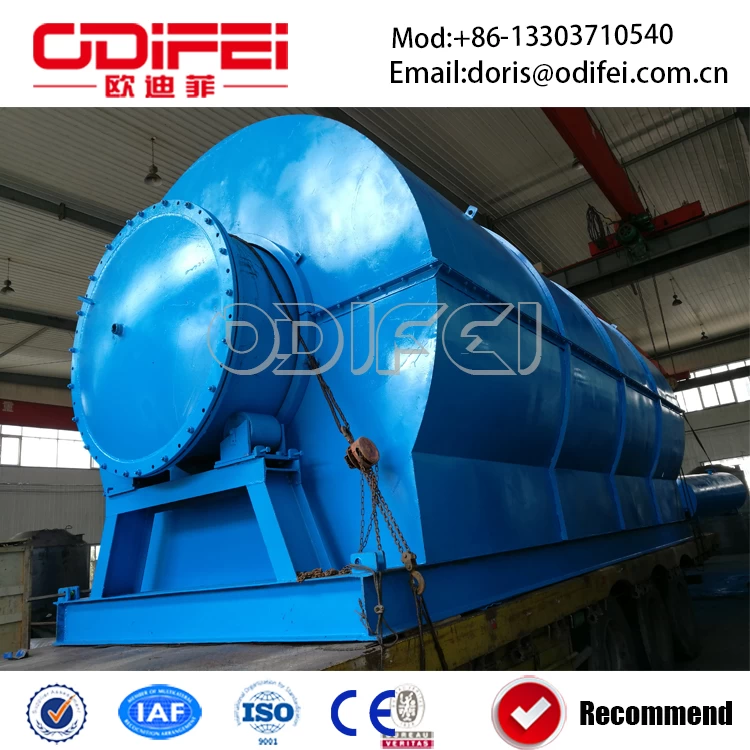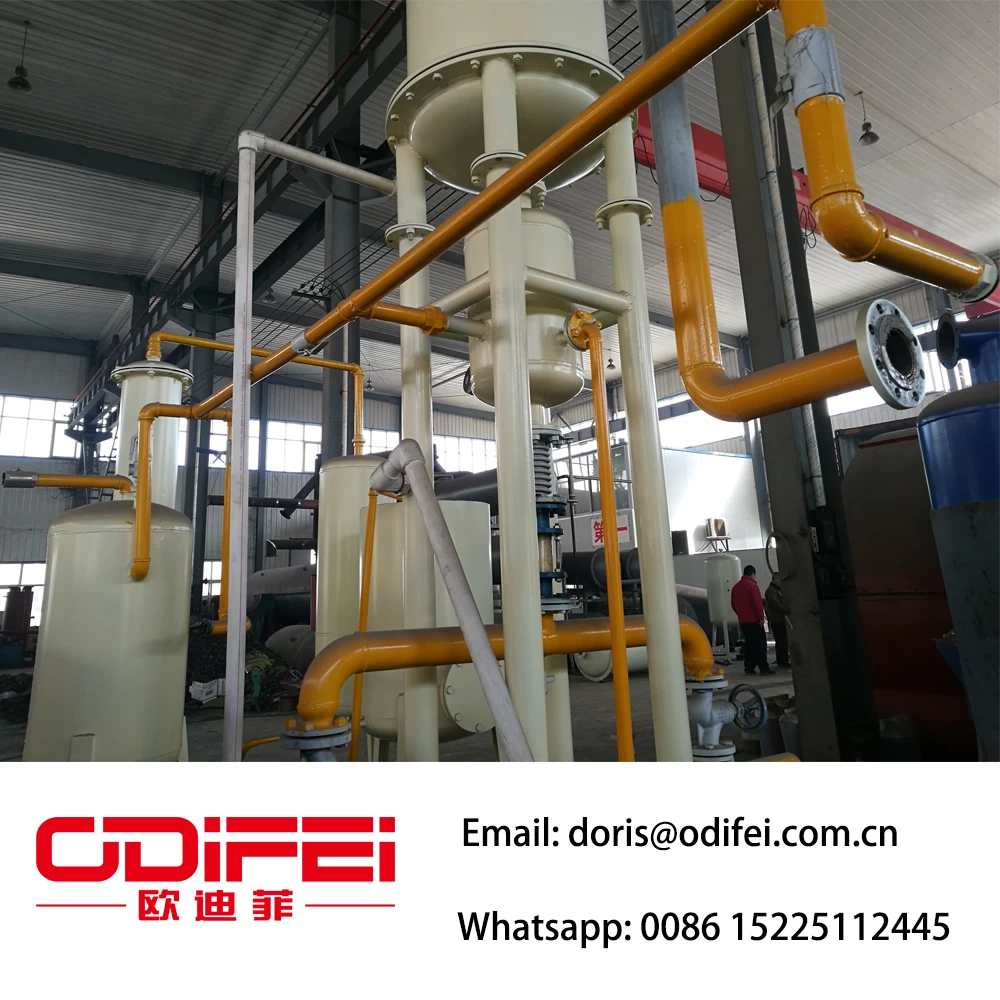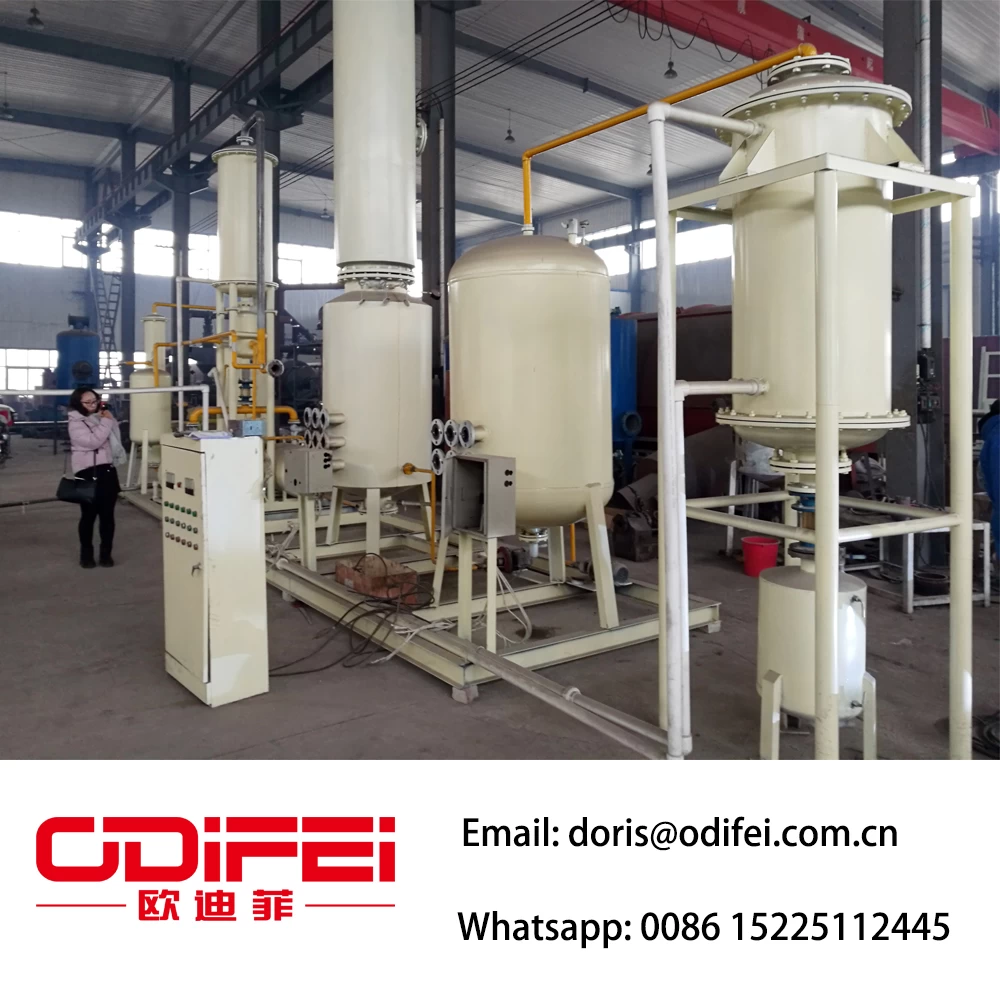Plastic recycling in China
Degradable recycling editor
The decomposition of plastic can be decomposed in sunlight. Starch is added to plastics to make it easier to decompose, but the decomposition is incomplete. Very few people use genetically modified bacteria to produce completely biodegradable plastics, but the cost is still high. BASF has developed a biodegradable plastic called Ecoflex for food packaging. The above degradable plastics are rarely used because of their cost problems. This plastic must be exposed to air before it can decompose, so if buried, it will still lead to the problem of solid waste.
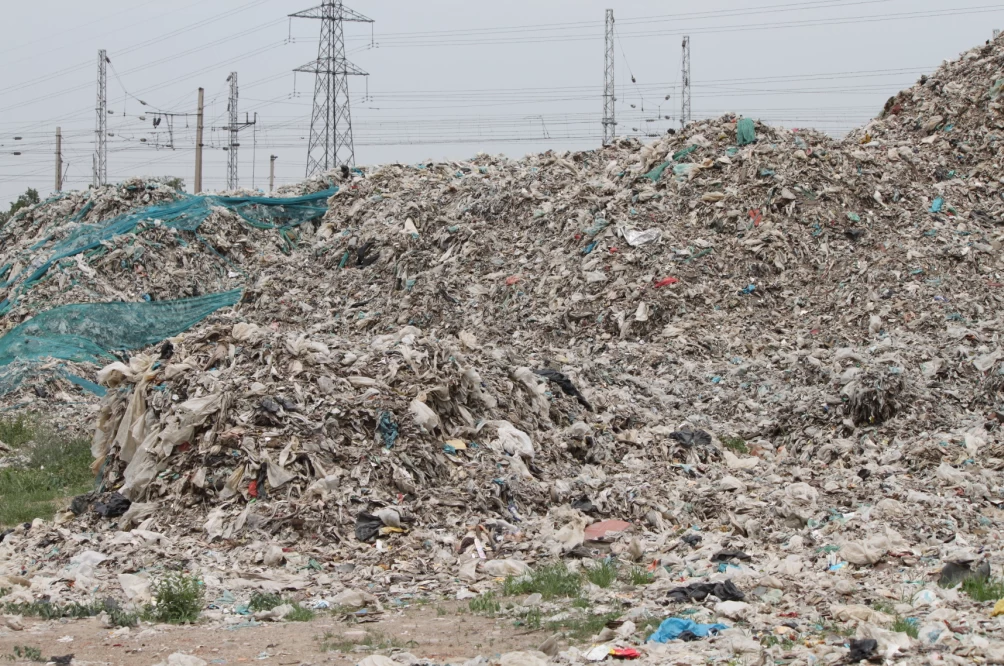
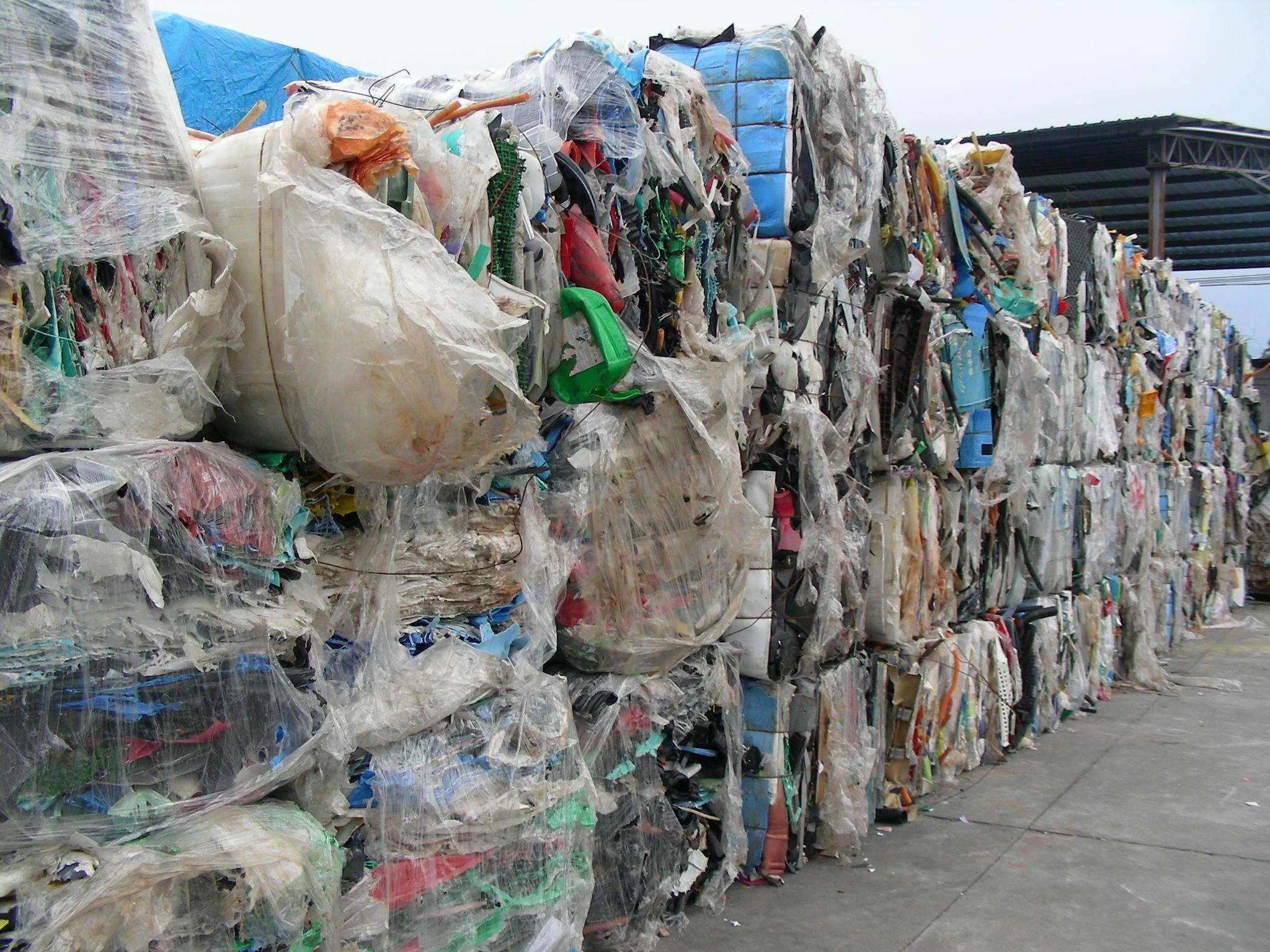
Label
To facilitate plastic recycling, the Society of the Plastics Industry (Inc., USA) proposed a labeling system using plastic types to classify: Resin Identification Code (Resin Identification Code), often translated as "plastic material code" or "plastic code". Recyclable plastic containers are accompanied by a triangular label surrounded by three arrows, which indicates the type of plastic.
China National Standard Packaging Recovery Mark (GB18455-2010) stipulates that plastic packaging products or plastic containers with a volume/volume of more than 100 ml must be visually labeled as plastic recycling markers:
Abbreviation name usage
PET polyethylene terephthalate two ester, also known as polyester, is commonly found in PET bottles.
HDPE HDPE is commonly used in lotion containers, milk bottles and supermarket plastic bags.
PVC PVC is commonly used in pipes, outdoor furniture and raincoats.
LDPE low density polyethylene is commonly used in hose packaging for toothpaste or facial cleanser.
PP polypropylene is commonly used in caps, straws and microwave oven food boxes.
PS polystyrene is divided into non foaming or foaming. Non-foaming is Poly-styrene, commonly found in some drinks (such as Yiliduo) containers; foamed is commonly known as foam gum, commonly used in packaging rubber particles, disposable heat preservation cups, packaged frozen meat container, lunch boxes.
Other recyclable plastic products include polymethyl methacrylate (PMMA), polycarbonate (PC), polylactic acid (PLA), nylon (Nylon), glass fiber reinforced plastics (FRP), biaxially oriented polylactic acid film (BOPLA).
Recycling method editing
(1) Mechanical recycling
Mechanical recycling of electronic waste plastics is suitable for applications that are capable of large-scale production, stable supply, and collection points that are close to disassemblers, materials processing, and potential product users.
(2) as a chemical raw material
Plastics as a chemical raw material, including the use of mixed plastics as a reducing agent in metal smelting processes, are suitable for the following situations:
a Less plastics and a wide variety of resins; b. Product classification and disassembly difficulties; c. Plastic suppliers, recyclers and end users are far apart from each other, where the cost of plastic cross-region regeneration exceeds the potential economics of plastics benefit.
(3) Processing into engineering fuel
The proportion of plastics processed into engineered fuels is small, but commercially viable. This approach is highly dependent on the close cooperation between the fuel manufacturer and the end user. The economic aspect depends on the fuel manufacturer's manufacturing costs, transportation costs, the price of alternative oil or other oils, and the cost of burning.
(4) Energy recovery
Energy recovery has the following definitions: the daily use of plastic boxes without the direct burning of waste plastic products from consumer countries or as a fuel for other fuels, through the use of resource recovery methods to generate and recover heat. The main examples are domestic waste incineration for steam, electricity and hot water; other examples are fossil fuel substitutes in cement kilns and thermal power plants, used in coal gasification, slag melting and refuse-derived fuels in metal recovery systems. High calorific value component.






